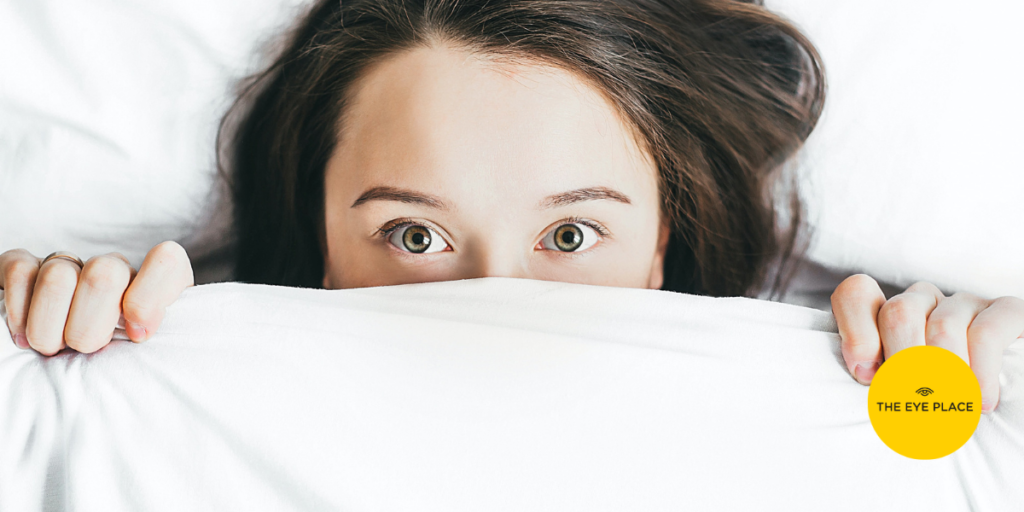

Elderly eye health – encouraging your parents to get their eyes checked
Just like physiotherapy and regular doctor appointments, elderly eye health is an important aspect to growing older. We know it can be difficult to encourage


What do our eye colours mean? Sure, bloodshot eyes might be a sign you’ve been staring at your phone for too long. But, what do we know about the actual iris colour itself?
Let’s explore the world of eye colours – there’s probably a lot you don’t know!
The iris has one sole responsibility: to limit the amount of light that passed through your eye. Without it, the lens would let in all the light and the retina would have no safeguard to limit exposure. To ensure the iris offers some opacity, it is coated with some degree of melanin pigment.
Fun fact: the same pigment that determines your skin colour is used by your iris to protect your retina!
According to Science Focus, a BBC magazine, dark brown eyes were the norm just 10,000 years ago. Everyone had the same eye colour, but a mutation interrupted this. This mutation impacted the front of the iris which stopped the pigment from appearing. This meant light could reach further into the iris – all the way back into the grey cells below. These cells reflect light back as blue – suddenly, people could have brown OR blue eye colours!
Fun fact: Blue eyes are technically grey.
If you have green eyes, or hazel, or something a little different, this means your melanin production was disrupted at some point. If a person has a combination of colours in their eyes, they are experiencing Central Heterochromia.
A person can be born with this eye colour difference, or they may see a change after being diagnosed with a health disorder (e.g. diabetes).
Fun fact: Central Heterochromia is the name for eye colour abnormalities.
The colour of your eyes might be rare, especially if you have Central Heterochromia. The rarity of your eye colour will change over time (think back 10,000 years when all eyes were brown!).
However, according to this 2019 article, about 79 per cent of the global population has brown eyes. Blue is the next most popular eye colour, with around eight to ten per cent of the world.
Only five per cent have amber or hazel eyes, but green comes in as the rarest of all. Only two per cent of the population have green eyes! However, not everyone fits neatly into these categories.
Fun fact: Green is the rarest eye colour group, but even less common are individuals with grey, red or purple tones.
Your eye colour essentially comes down to genetics. Your genes – that is, your mum and dad’s melanin production levels – has an impact on your body’s ability to produce this pigment. Another factor (which is also related to your genetic makeup) is your skin colour. If you have darker skin, this is a pretty good indicator that those front layers of your iris have the ability to produce more of the pigment. And vice versa for those with lighter skin/eye colours.
Fun fact: people with darker skin are more likely to have brown eyes, while people with light skin are more likely to have blue eyes.
At the end of the day, no matter their colour, your eyes are important. Keep them in good condition with regular eye exams, and visits to the optometrist. And, if your eye colour has changed over time, it might be worth consulting a health professional.
Here at The Eye Place, we understand no two people are the same, and all eyes are different. That’s why our eye exams are thorough and comprehensive – book yours today!


Just like physiotherapy and regular doctor appointments, elderly eye health is an important aspect to growing older. We know it can be difficult to encourage


Astigmatism is caused by the cornea or lens of the eye not being perfectly curved, resulting in blurred vision. How this affects you is varied


When you use your eyes to concentrate on something for a long period of time the common result is eye strain. Tired, sore, and itchy
Monday 9am–5:30pm
Tuesday 9am–5:30pm
Wednesday 9am–5:30pm
Thursday 9am–6:30pm
Friday 9am–5:30pm
Saturday Closed
Sunday Closed